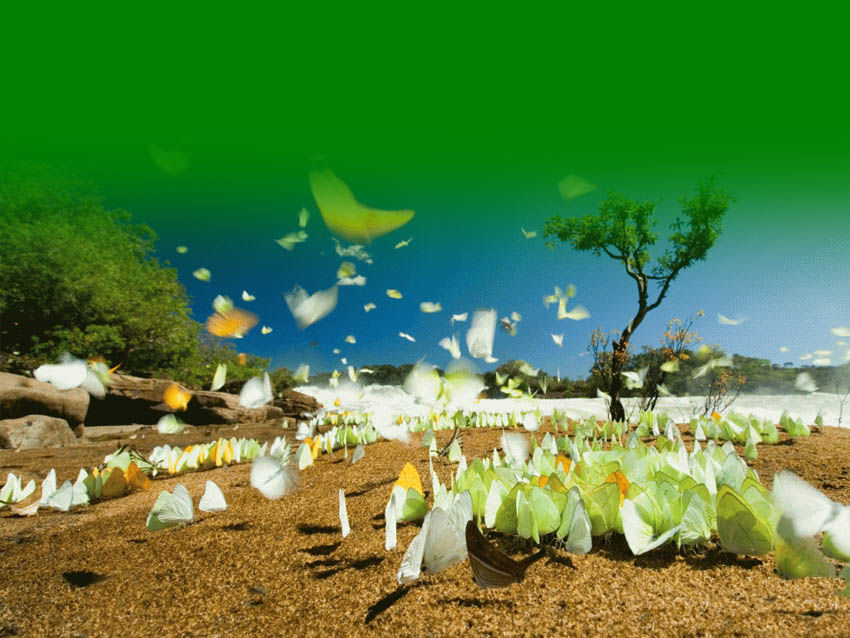





 Sri Lanka Facts
Sri Lanka Facts



Butterflies are mainly day-flying insects of the order Lepidoptera, which includes butterflies and moths. Like other holometabolous insects, the butterfly’s life cycle consists of four stages, egg, larva, pupa and adult (imago). Most species are diurnal. Butterflies have large, often brightly coloured wings and conspicuous fluttering flights. As Lepidoptera, butterflies have four wings that are covered with tiny scales. The fore and hind wings are not hooked together, permitting a more graceful flight. An adult butterfly has six legs, but in the nymphalids, the first pair is reduced. After it emerges from its pupal stage, a butterfly cannot fly until the wings are unfolded. A newly emerged butterfly needs to spend some time inflating its wings with blood and letting them dry, during which time it is extremely vulnerable to predators. Some butterflies' wings may take up to three hours to dry while others take about one hour. Most butterflies and moths will excrete excess dye after hatching. This fluid may be white, red, orange, or in rare cases, blue.
With the exception of Polar regions of the globe, and those areas where extremes of temperature are prevalent, butterflies are to be found everywhere on dry land.
Sri Lanka is a paradise of insects, and is home to 245 species of butterflies belonging to five families. Out of the total, 23 species are endemic to the island, thus are found nowhere else on Earth! Their distribution in Sri Lanka is governed by climate, topography and vegetation types. Some species occur in more than one bioclimatic/floristic zones, while certain others are restricted in their distribution. In general, a higher species richness of butterflies occurs in the foothill areas. The populations of butterflies in the Dry and Arid Zones reach peak levels soon after the monsoons. Their populations in the Wet Zone are also seasonal but not so conspicuous, being generally stable throughout the year, with slight reductions during high rainfall periods.
Among certain species of butterflies, there exists the tendency to travel in large numbers, in an approximately uniform direction. This phenomenon is known as migration. The cause for these migrations are not known. About 70 species of Sri Lankan butterflies take part in this migration, leading are the yellow and white butterflies of the family Pieridae.


